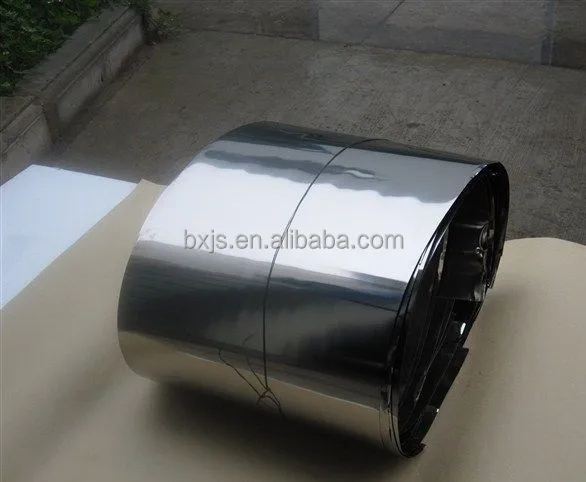
• • • Hafnium is a with symbol Hf and 72. A, silvery gray,, hafnium chemically resembles and is found in many zirconium. Its existence was in 1869, though it was not identified until 1923, by Coster and Hevesy, making it the last element to be discovered. Hafnium is named after Hafnia, the name for, where it was discovered. Hafnium is used in filaments and electrodes. Some fabrication processes use its oxide for at 45 nm and smaller feature lengths. Some used for special applications contain hafnium in combination with,,.
Hafnium is a chemical element with symbol Hf and atomic number 72. A lustrous, silvery gray, tetravalent transition metal, hafnium chemically resembles zirconium and.
Hafnium's large cross-section makes it a good material for absorption in in, but at the same time requires that it be removed from the neutron-transparent corrosion-resistant used in. Pieces of Hafnium Hafnium is a shiny, silvery, that is -resistant and chemically similar to zirconium (due to its having the same number of, being in the same group, but also to; the expected expansion of atomic radii from period 5 to 6 is almost exactly cancelled out by the ). The physical properties of hafnium metal samples are markedly affected by zirconium impurities, especially the nuclear properties, as these two elements are among the most difficult to separate because of their chemical similarity. Download Anime Shugo Chara Sub Indo 480p. A notable physical difference between these metals is their, with zirconium having about one-half the density of hafnium.
The most notable properties of hafnium are its high thermal and that the nuclei of several different hafnium isotopes readily absorb two or more apiece. In contrast with this, zirconium is practically transparent to thermal neutrons, and it is commonly used for the metal components of nuclear reactors – especially the cladding of their. Chemical characteristics [ ]. Hafnium dioxide Hafnium reacts in air to form a that inhibits further. The metal is not readily attacked by acids but can be oxidized with or it can be burnt in air.
Like its sister metal zirconium, finely divided hafnium can ignite spontaneously in air, producing an effect similar to that obtained in. The metal is resistant to concentrated. The chemistry of hafnium and zirconium is so similar that the two cannot be separated on the basis of differing chemical reactions. The melting points and boiling points of the compounds and the in solvents are the major differences in the chemistry of these twin elements. Isotopes [ ]. Zircon crystal (2×2 cm) from Tocantins, Hafnium is estimated to make up about 5.8 of the 's upper by mass.
It does not exist as a free element on Earth, but is found combined in with zirconium in natural compounds such as, ZrSiO 4, which usually has about 1–4% of the Zr replaced by Hf. Rarely, the Hf/Zr ratio increases during crystallization to give the isostructural mineral (Hf,Zr)SiO 4, with atomic Hf >Zr. An old (obsolete) name for a variety of zircon containing unusually high Hf content is alvite.
A major source of zircon (and hence hafnium) ores is,, particularly in and, and intrusions, particularly the Crown Polymetallic Deposit at, Western Australia. A potential source of hafnium is trachyte tuffs containing rare zircon-hafnium silicates or armstrongite, at in, Australia. Hafnium reserves have been infamously estimated to last under 10 years by one source if the world population increases and demand grows. In reality, since hafnium occurs with zirconium, hafnium can always be a byproduct of zirconium extraction to the extent that the low demand requires.
Production [ ]. Melted tip of a hafnium consumable electrode used in an ebeam remelting furnace, a 1 cm cube, and an oxided hafnium ebeam remelted ingot (left to right) The of the titanium ores and yield most of the mined zirconium, and therefore also most of the hafnium. Zirconium is a good nuclear fuel-rod cladding metal, with the desirable properties of a very low neutron capture cross-section and good chemical stability at high temperatures. However, because of hafnium's neutron-absorbing properties, hafnium impurities in zirconium would cause it to be far less useful for nuclear-reactor applications.